The Leakey Foundation held our fall 2019 granting session on December 7, 2019. Our board of trustees unanimously approved 27 research grant proposals for funding.
Here are some numbers from our fall 2019 granting cycle:
There were 101 applications for research grants.
39% were behavioral applications. 61% were paleoanthropology applications.
414 reviews were submitted to our grants department this cycle. Thank you to our reviewers! We could not do it without you.
Congratulations to our new grantees. We look forward to sharing news and information about them and their research!
Behavioral
Rosemary Bettle, University of Michigan: The evolution of social intelligence in macaques

Matilda Brindle in Danum Valley, Borneo, where she was on a trip observing primates and other animals.
Matilda Brindle, University College London: Does masturbation serve an adaptive function in male rhesus macaques?
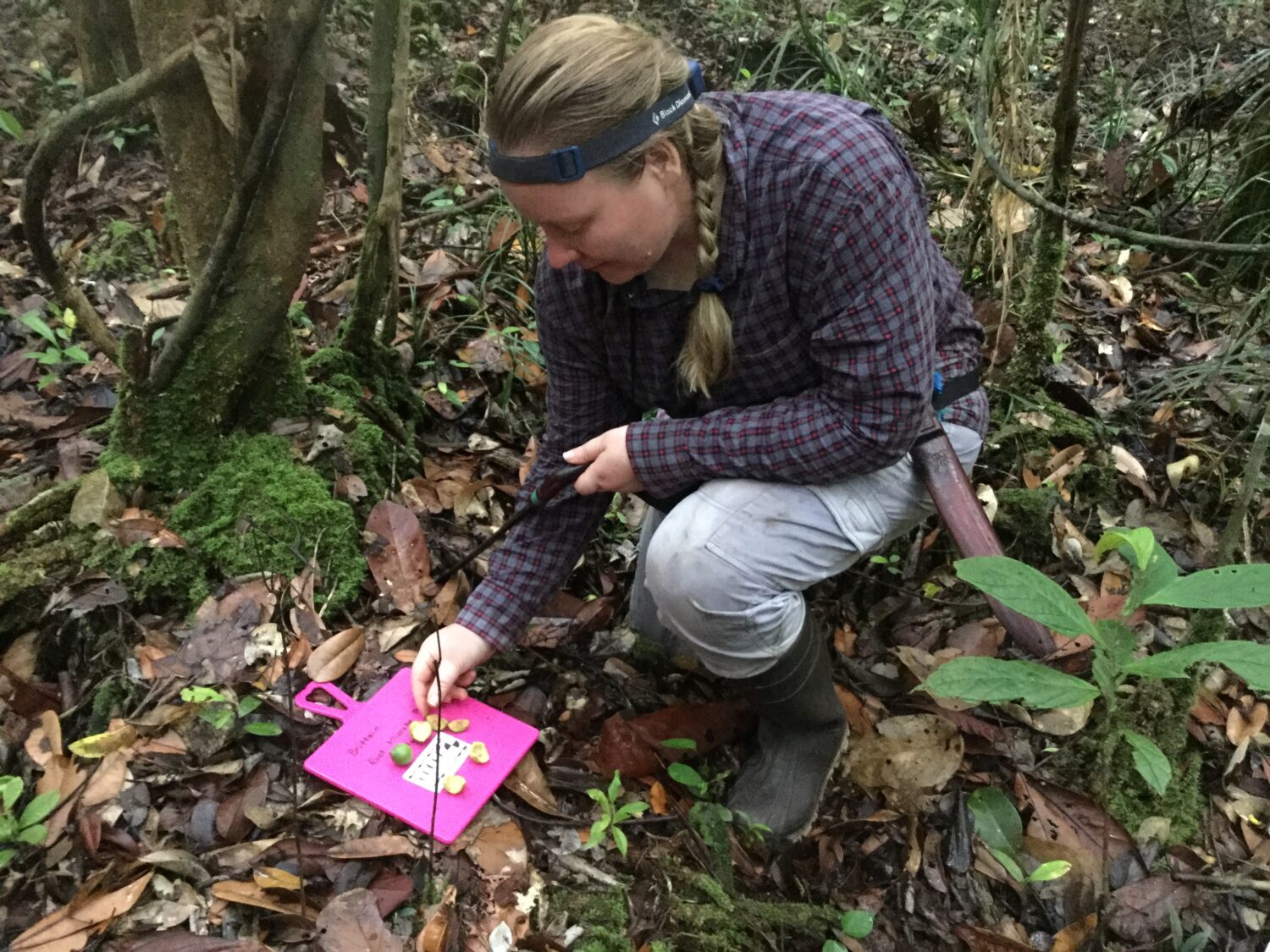
Rebecca Brittain collecting orangutan food samples in the peat swamp at the Tuanan Orangutan Research Station in Central Kalimantan, Indonesia.
Rebecca Brittain, Rutgers, State University of New Jersey: The role of the gut microbiome in digestion and energy production in wild Bornean orangutans across shifting nutritional landscapes
Margaret Sullivan Buehler, Tulane University: Subordinate male roles in primate groups with high reproductive skew
Harmonie Klein, Max Planck Institute for Evolutionary Anthropology: Hunting strategy and food sharing in wild central Chimpanzees
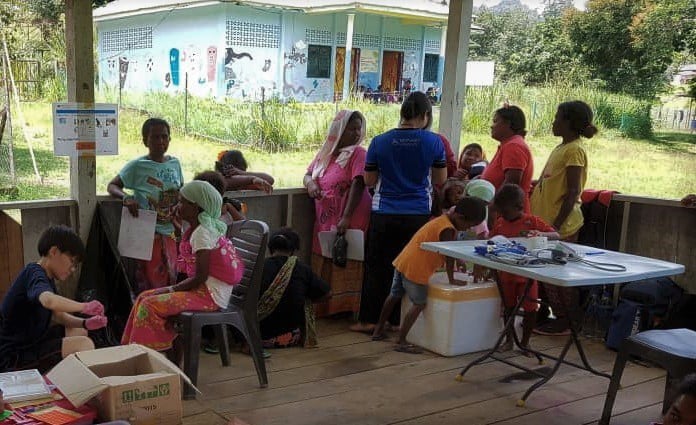
Sze Mei Leetfre (left) preparing for sample collection with the Jehai hunter-gatherers in Belum Rainforest, Malaysia.
Sze Mei Lee, Monash University: Exploration of olfaction abilities and genetics in Asian indigenous communities
Laura Marie MacLatchy, University of Michigan: Ecological determinants and arboreal feeding positional behavior in Pan troglodytes
Catherine Markham, Stony Brook University: Competition within primate social groups: Rank effects on energy expenditure
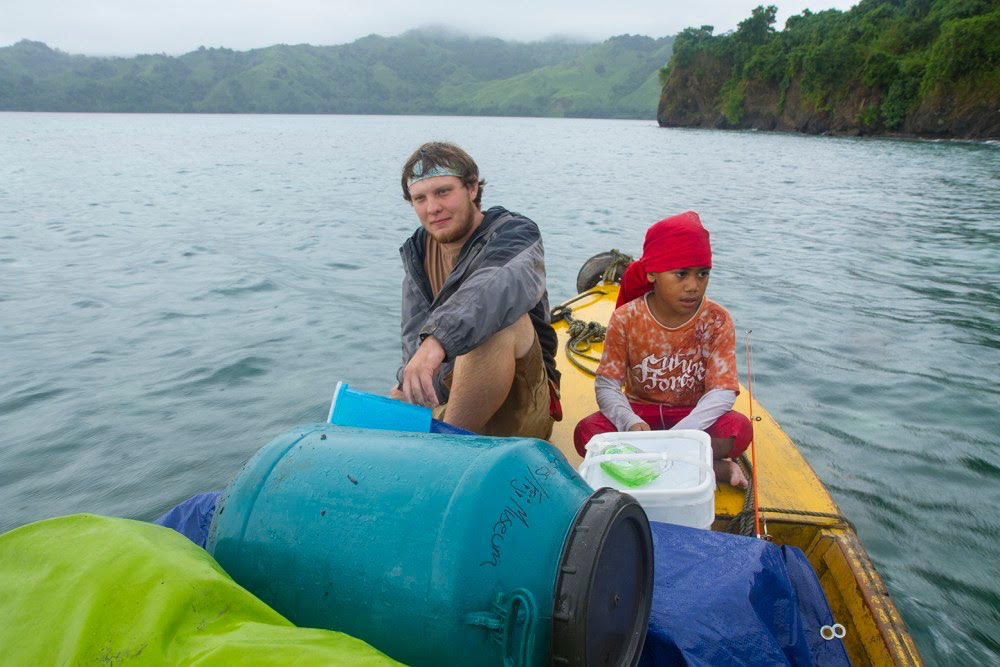
Jared Schafer on a boat with some of his Fijian collaborators heading back from a month-long archaeological excavation on a remote peninsula in Vanua Levu, Fiji. The child in the photo, Waisiki, was the grandson of their Fijian collaborator, who often accompanied the team on their adventures excavating around the peninsula. Photo by Justin Gaar.
Jerred Klint Schafer, The University at Albany: The evolution of sex differences in mandrills (Mandrillus sphinx): Quantitative genetics of color and size dimorphism
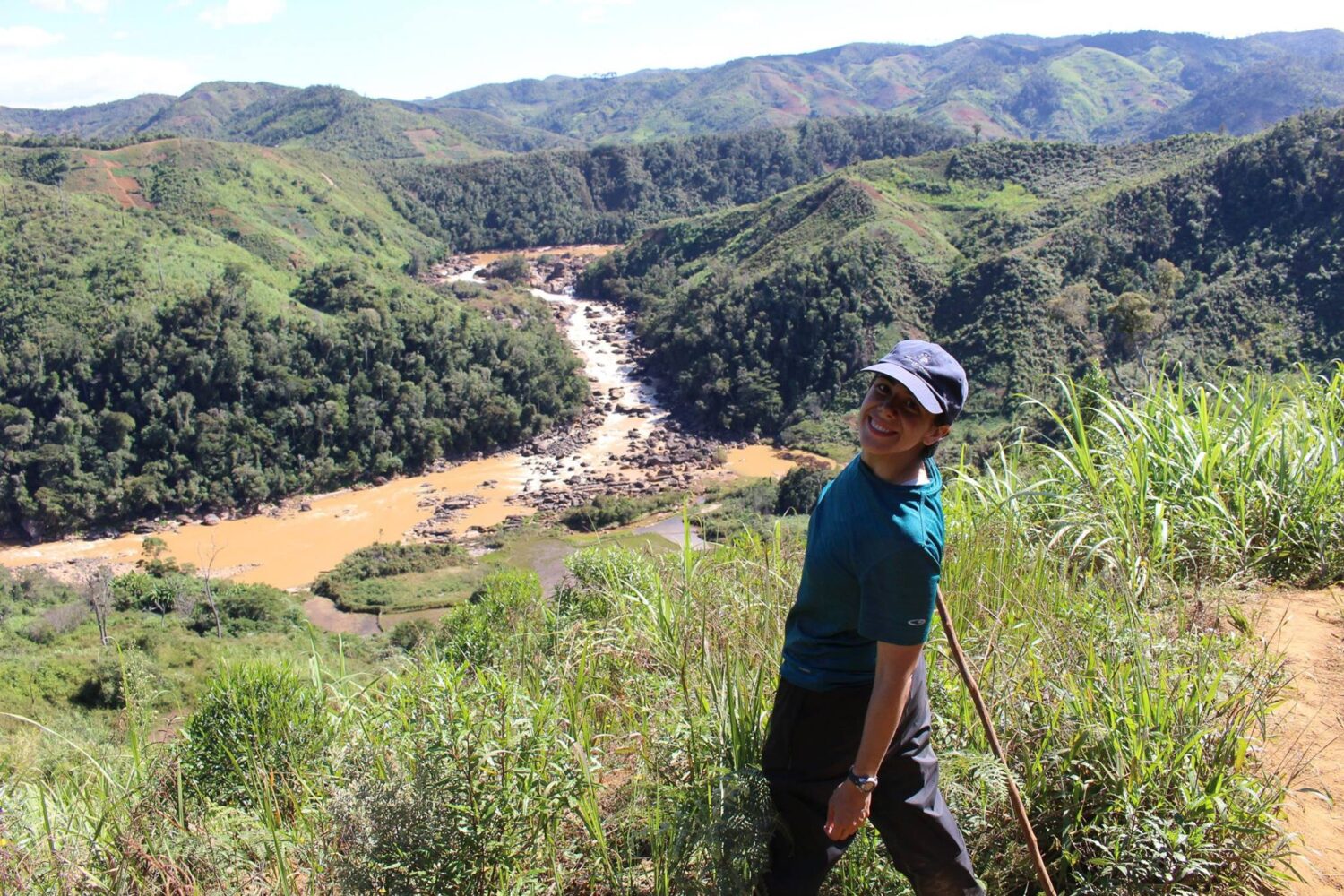
Liz Tapanes hiking between camp sites, overlooking the Onive river, in the Tsinjoarivo forest, Madagascar — home of the melanized diademed sifakas.
Elizabeth Tapanes, The George Washington University: Hair evolution in a comparative context
Julie Teichroeb, University of Toronto: Kinship patterns and mechanisms of male tolerance in a Rwenzori Angolan colobus multi-level society

Linda Vigilant (left) with Lauren White, who will be collaborating on her Leakey Foundation funded project.
Linda Vigilant, Max Planck Institute for Evolutionary Anthropology: Elucidating the hidden kinship structure of wild chimpanzee communities in Uganda
Paleoanthropology
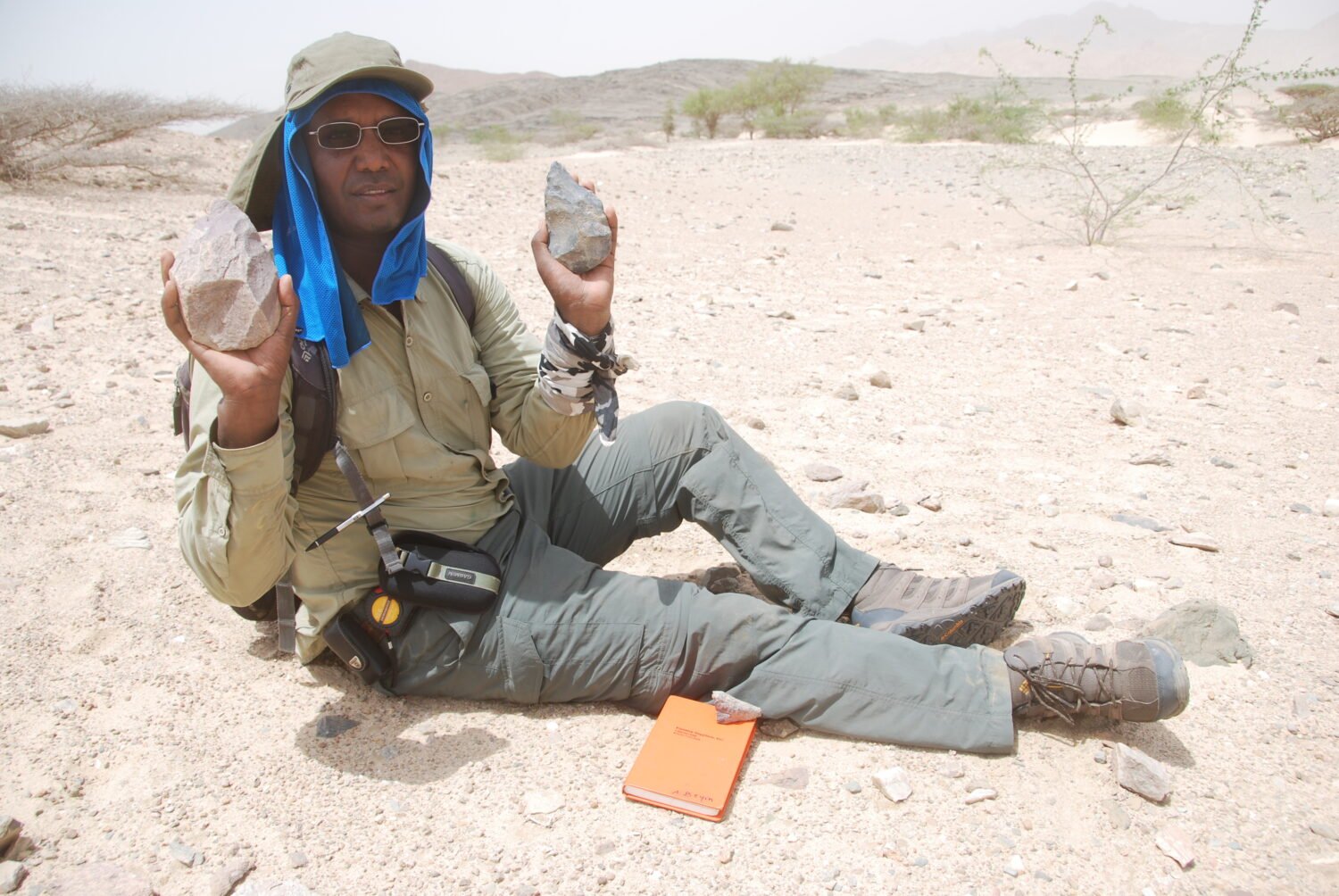
Amanuel Beyin at a newly documented Acheulean site near the Red Sea coast, Sudan. Photo by Ahmed Nassr, 2017.
Amanuel Yosief Beyin, University of Louisville: Investigation of Acheulean sites in the Red Sea coastal region of the Sudan
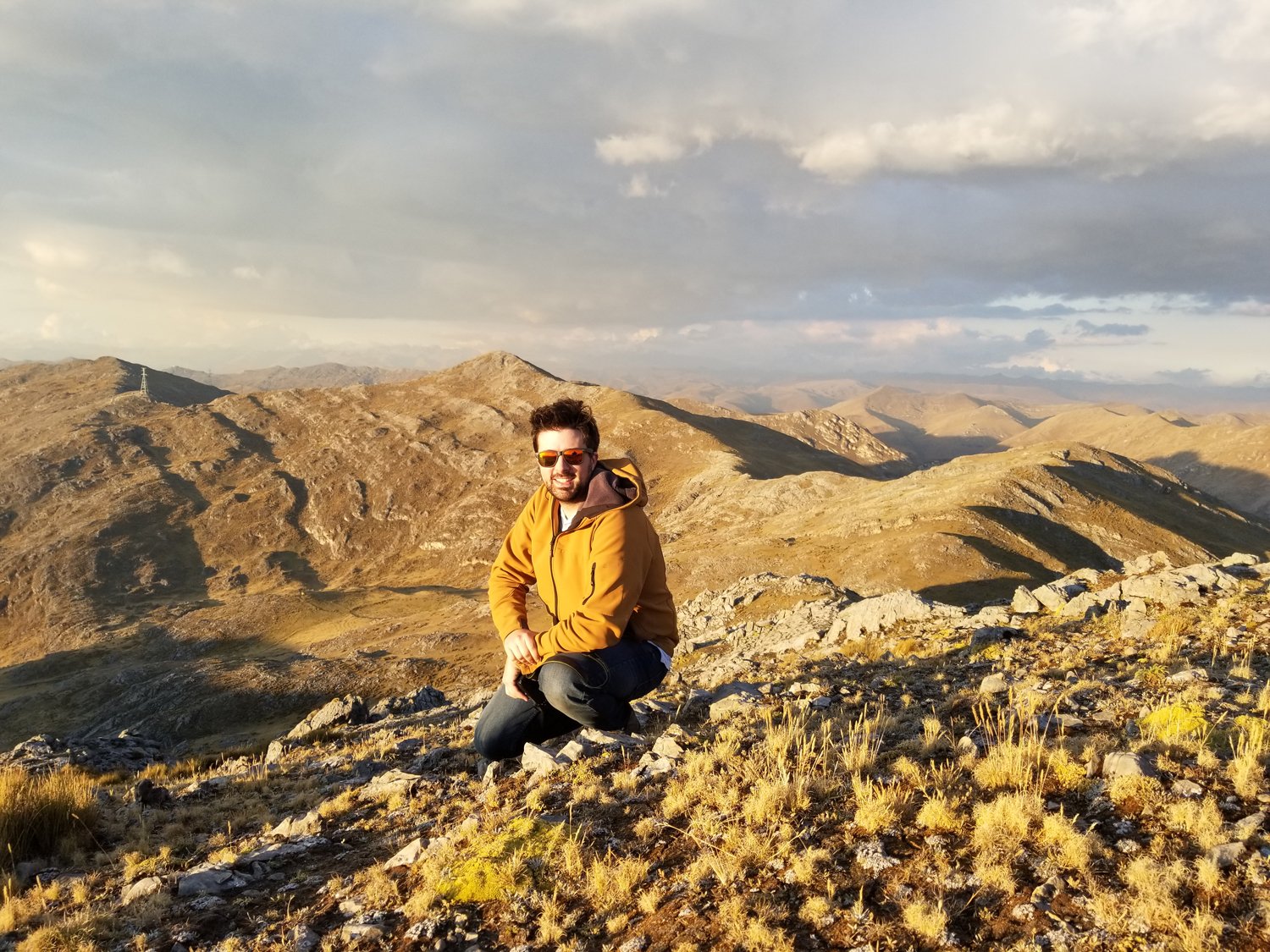
William Eamon Callison in Cerro de Pasco (elev. 4400m, Peruvian Andes) where he was studying high altitude adaptations in the Quechua people.
William Eamon Callison, Harvard University: Adaptations for bipedal gestation: Measuring the effects of pregnancy on thoracic motion during ventilation
Mulugeta Feseha, ARCCH, Addis Ababa, Ethiopia: Digitizing and distributing the fossil hominin and archaeology collections of the Ethiopian National Museum
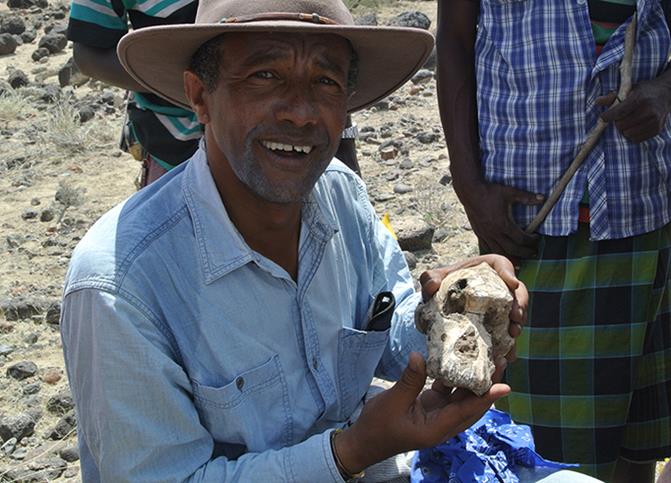
Dr. Yohannes Haile-Selassie holding the newly discovered fossil called MRD at the Woranso-Mille research site.
Yohannes Haile-Selassie, The Cleveland Museum of Natural History: Middle Pliocene hominin diversity and the origin of Homo: Collecting crucial fossil evidence from Woranso-Mille, Afar Region, Ethiopia
Arina Mikhailovna Khatsenovich, Institute of Archaeology and Ethnography of Siberian Branch of Russian Academy of Science: A Levallois refugium in Central Asia: Chronology and causes of conservatism
Alice Leplongeon, FWO Postdoctoral fellow, KU Leuven, Belgium: Chole rock shelter (Tanzania) and past human-environment interactions at the edge of Lake Victoria
Fredrick Manthi, National Museums of Kenya: Explorations of the Middle Pleistocene sites in Natodomeri, northwestern Kenya
Kasih Bohdana Norman, University of Wollongong: Rapid discovery and OSL dating of archaeological sites in Timor
Shanti Pappu, Sharma Centre for Heritage Education: Acheulian evolution and development of the Indian Middle Paleolithic: Continuing research at the stratified sites of Sendrayanpalayam and Kunjavam
Joshua Robert Robinson, Boston University: Multiproxy paleoecology of ~ 2.35 Ma early Homo from Ethiopia
Christina Macie Ryder, University of Colorado Boulder: Saving old bones: Using near-infrared spectroscopy to predict collagen yield in bone.
Eleanor Scerri, Max Planck Institute for the Science of Human History: Unravelling the rainforest: The Pleistocene cultural record of Anyama (Ivory Coast) and its ecological context
Sileshi Semaw, Centro Nacional de Investigación sobre la Evolución Humana (CENIEH): Middle to Late Stone Age at Gona, Afar, Ethiopia: New sites 50-10,000 years ago
Mary Katherine Shenk, Pennsylvania State University: Estimating fertility, disease, and famine using tooth cementum – a validation study in rural Matlab, Bangladesh
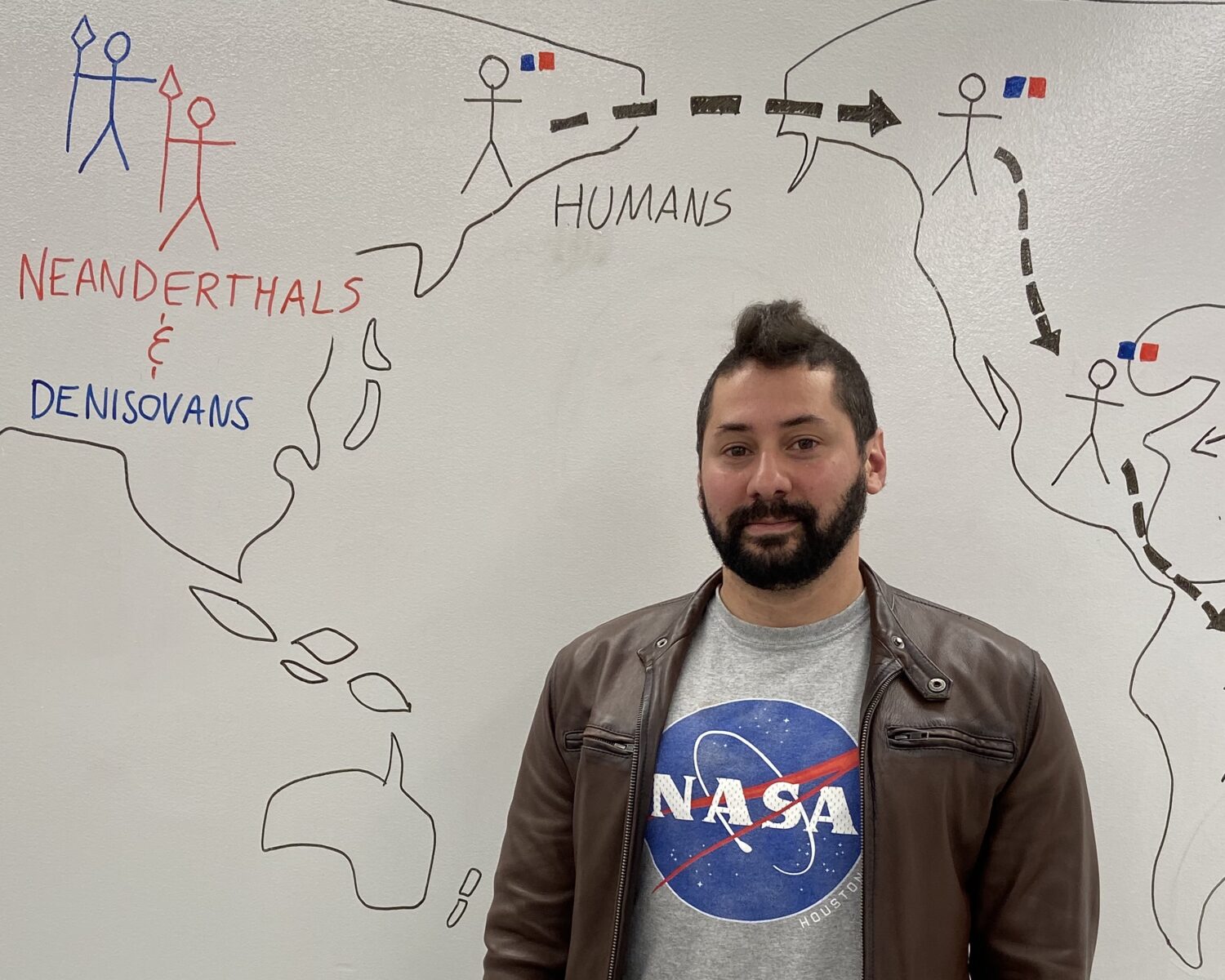
Dr. Fernando Villanea explains how humans inherited pieces of Neanderthal and Denisovan genomes, and carried them across the world.
Fernando A. Villanea, Brown University: Neanderthal and Denisovan introgression in indigenous Americans


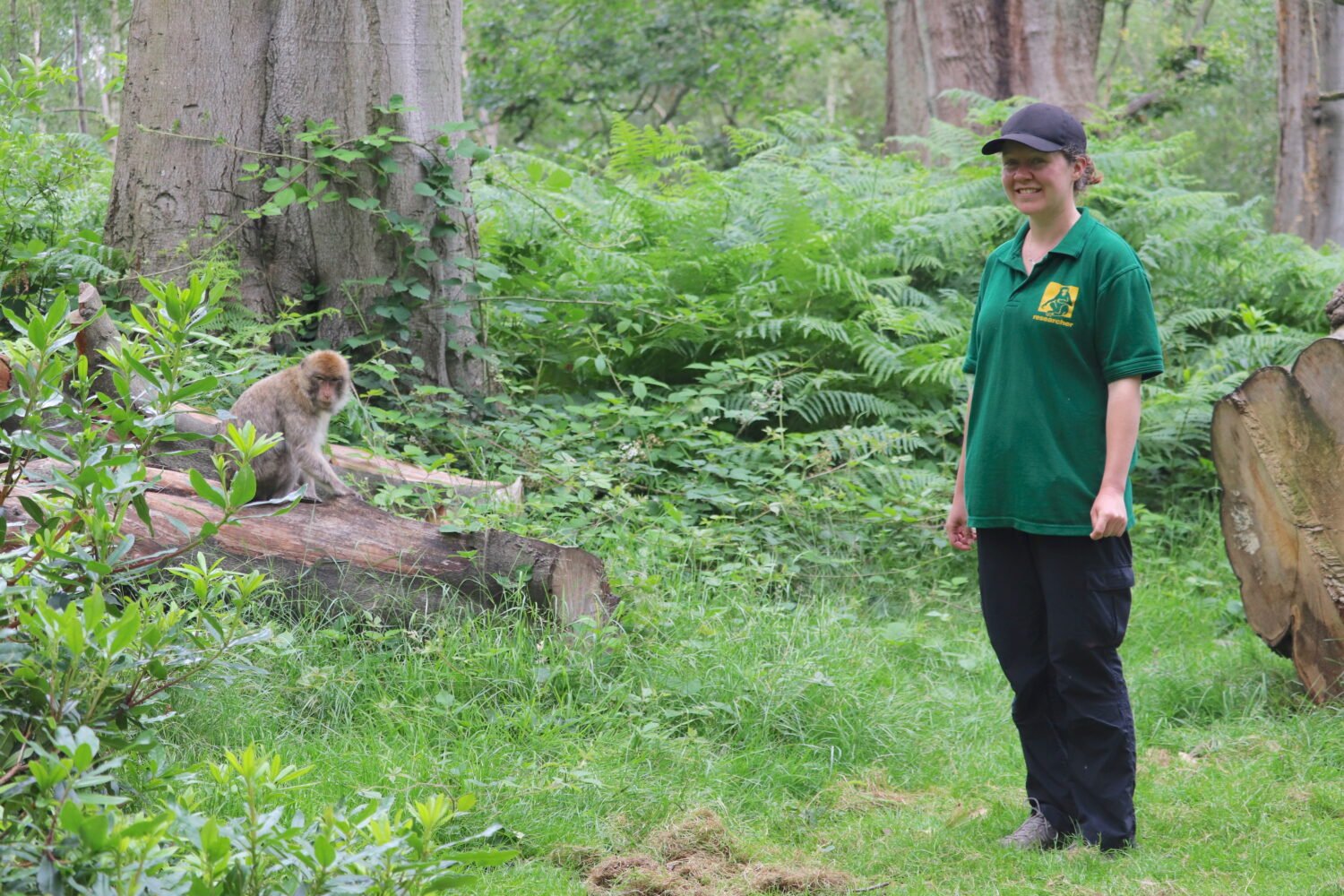
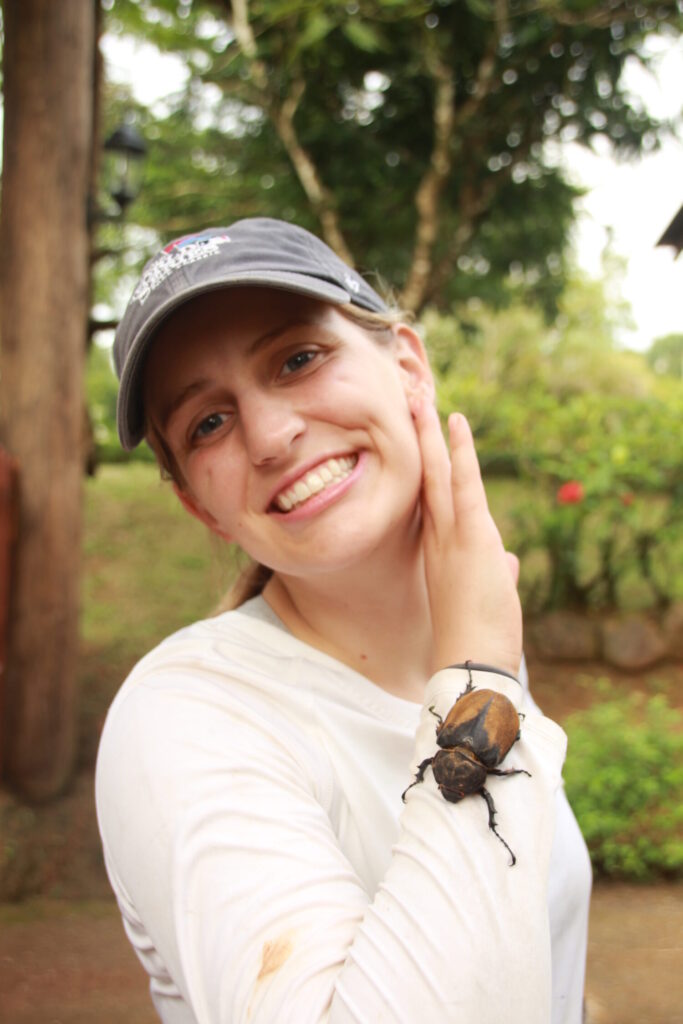


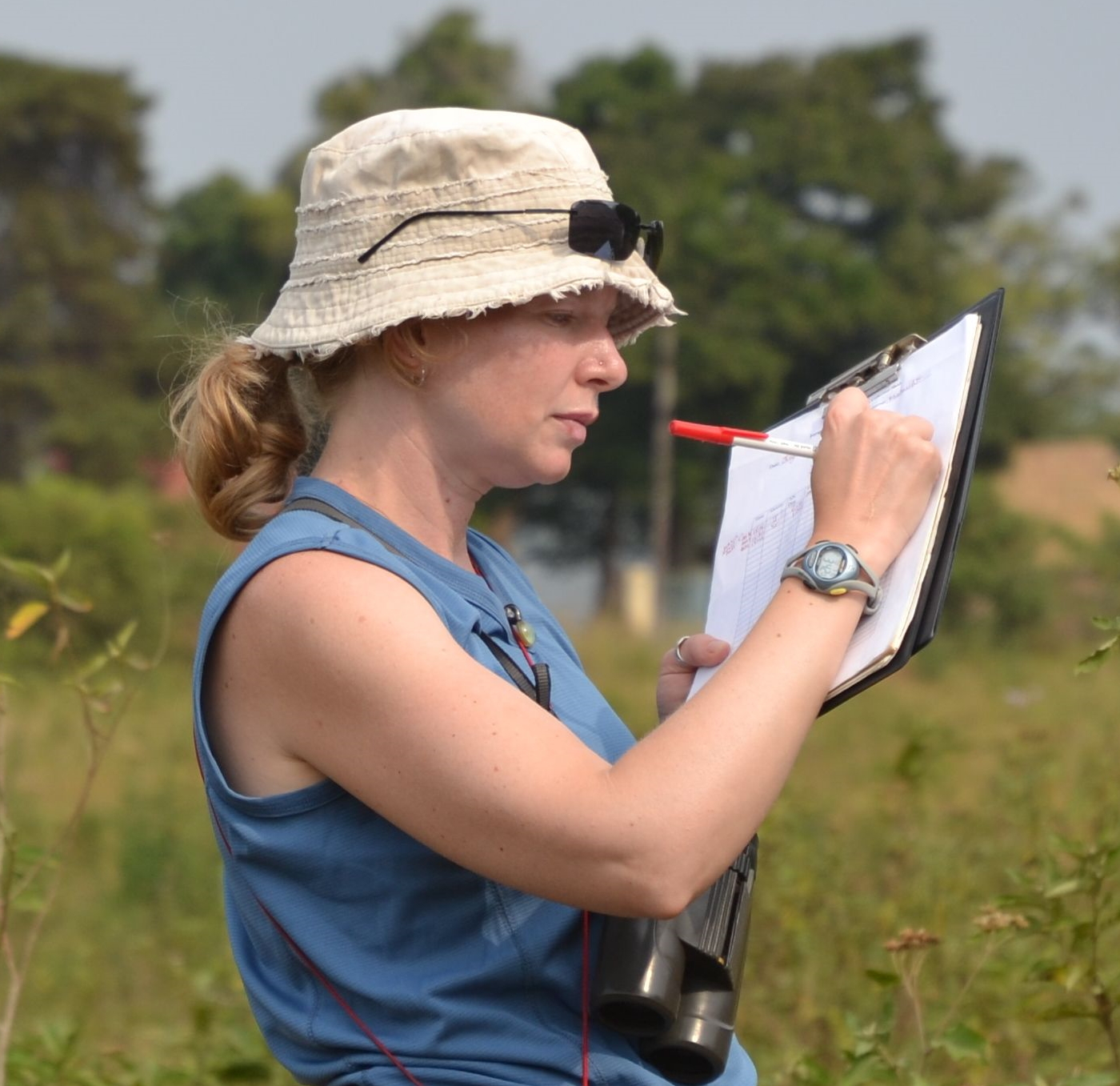
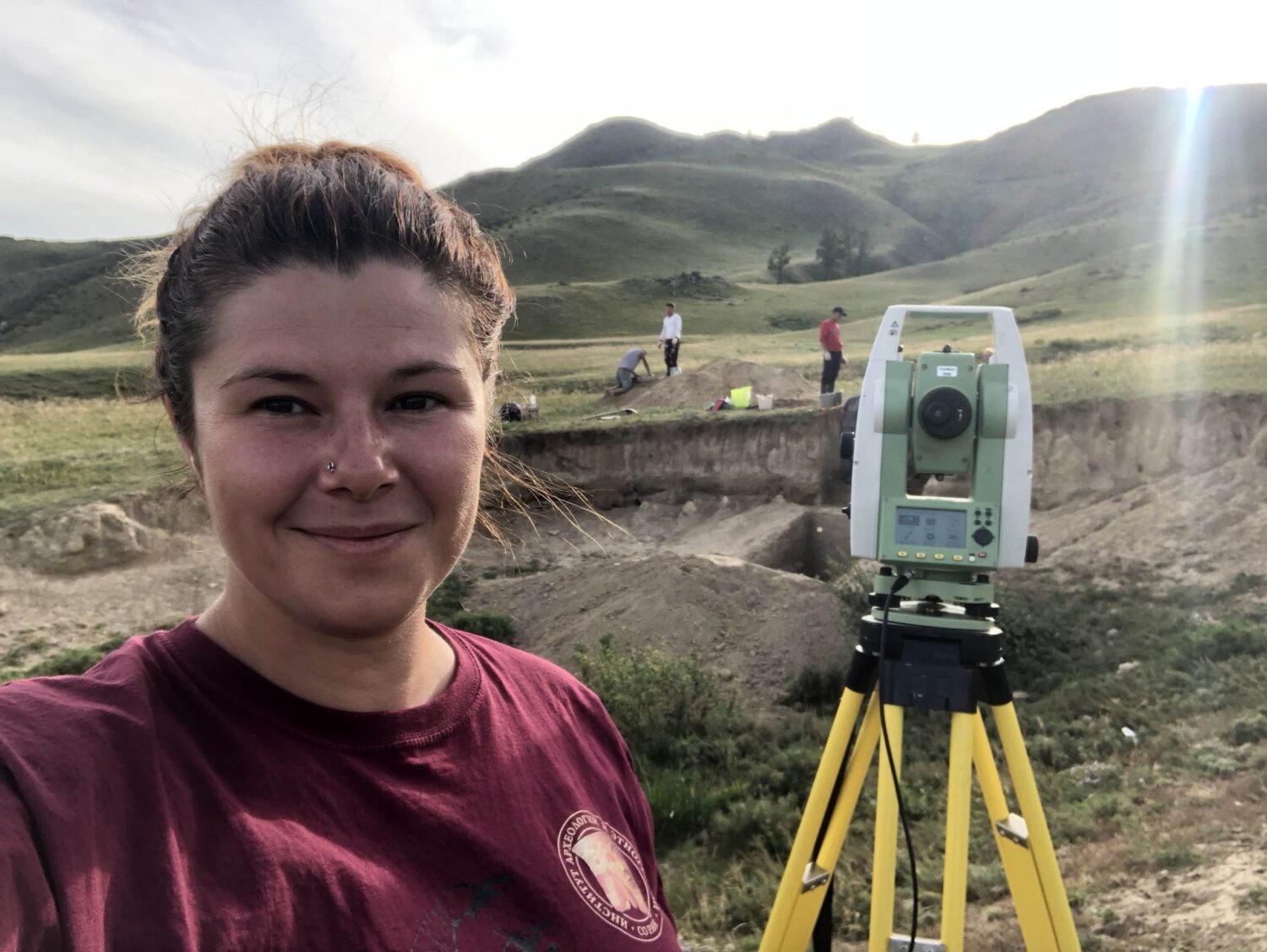
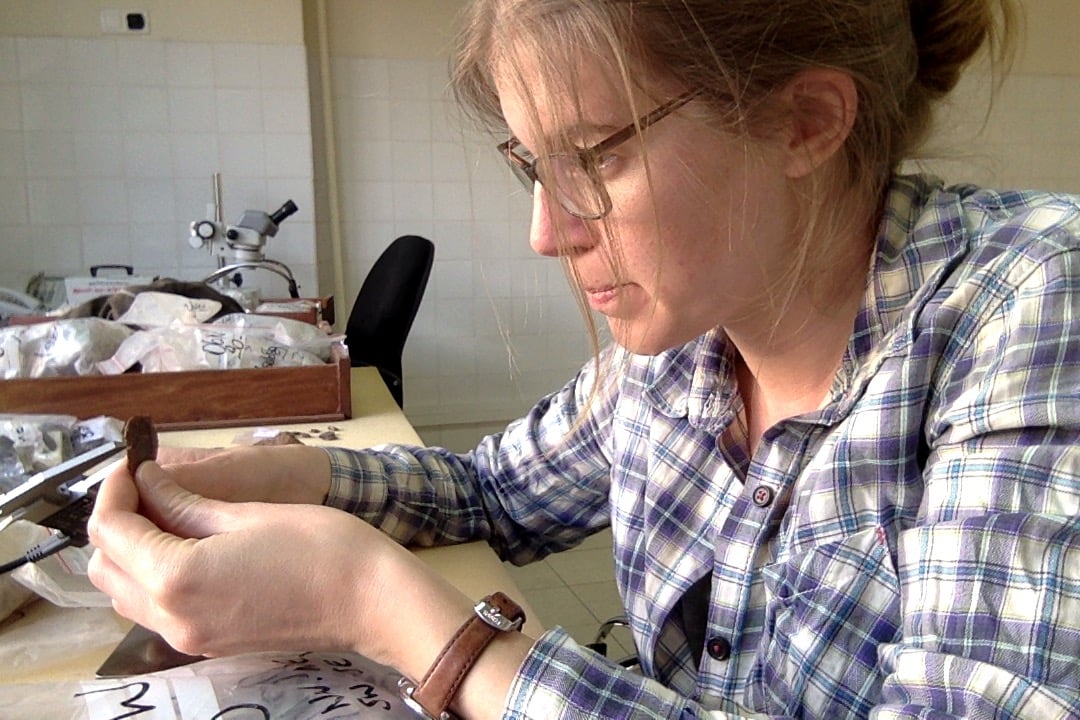
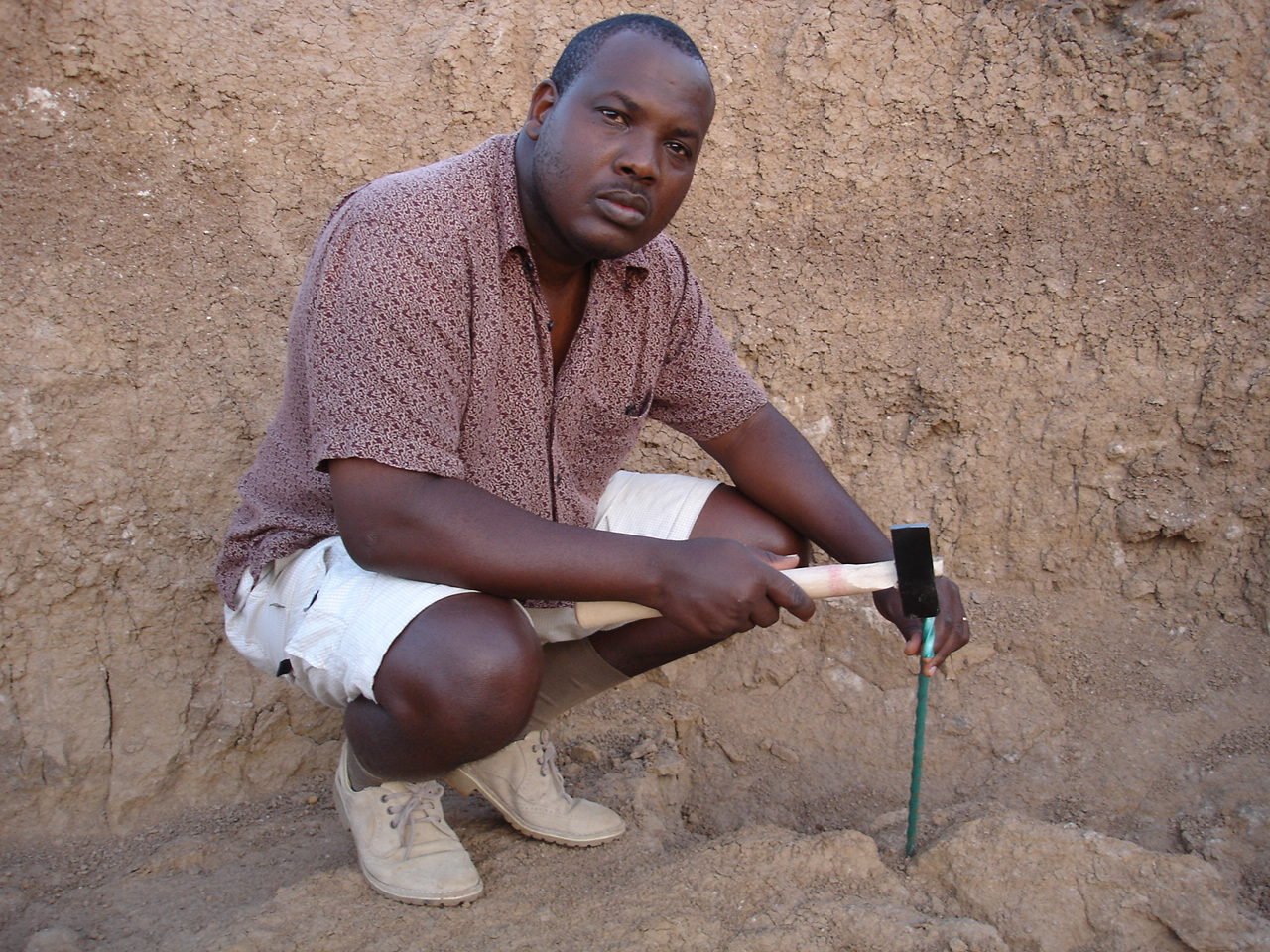
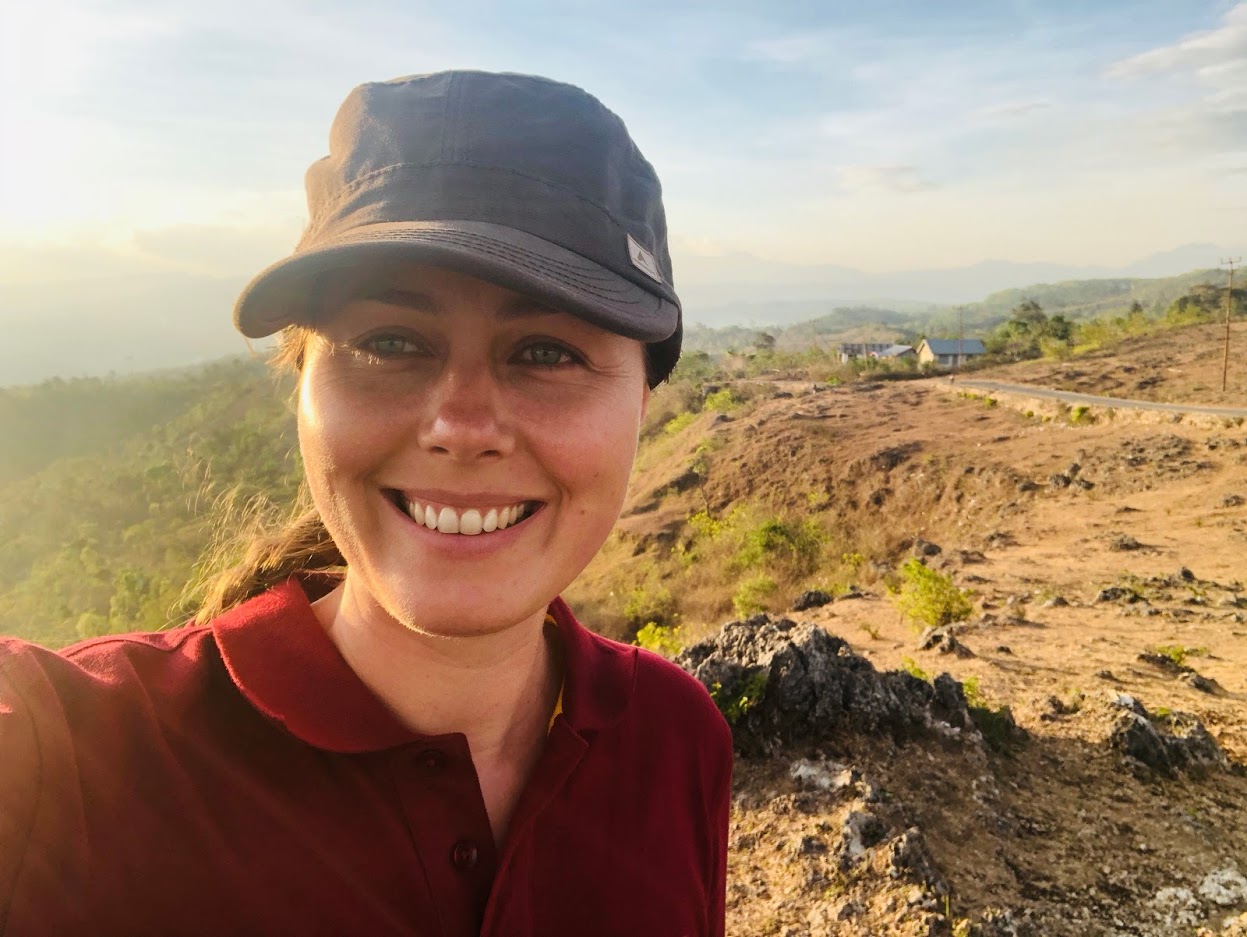
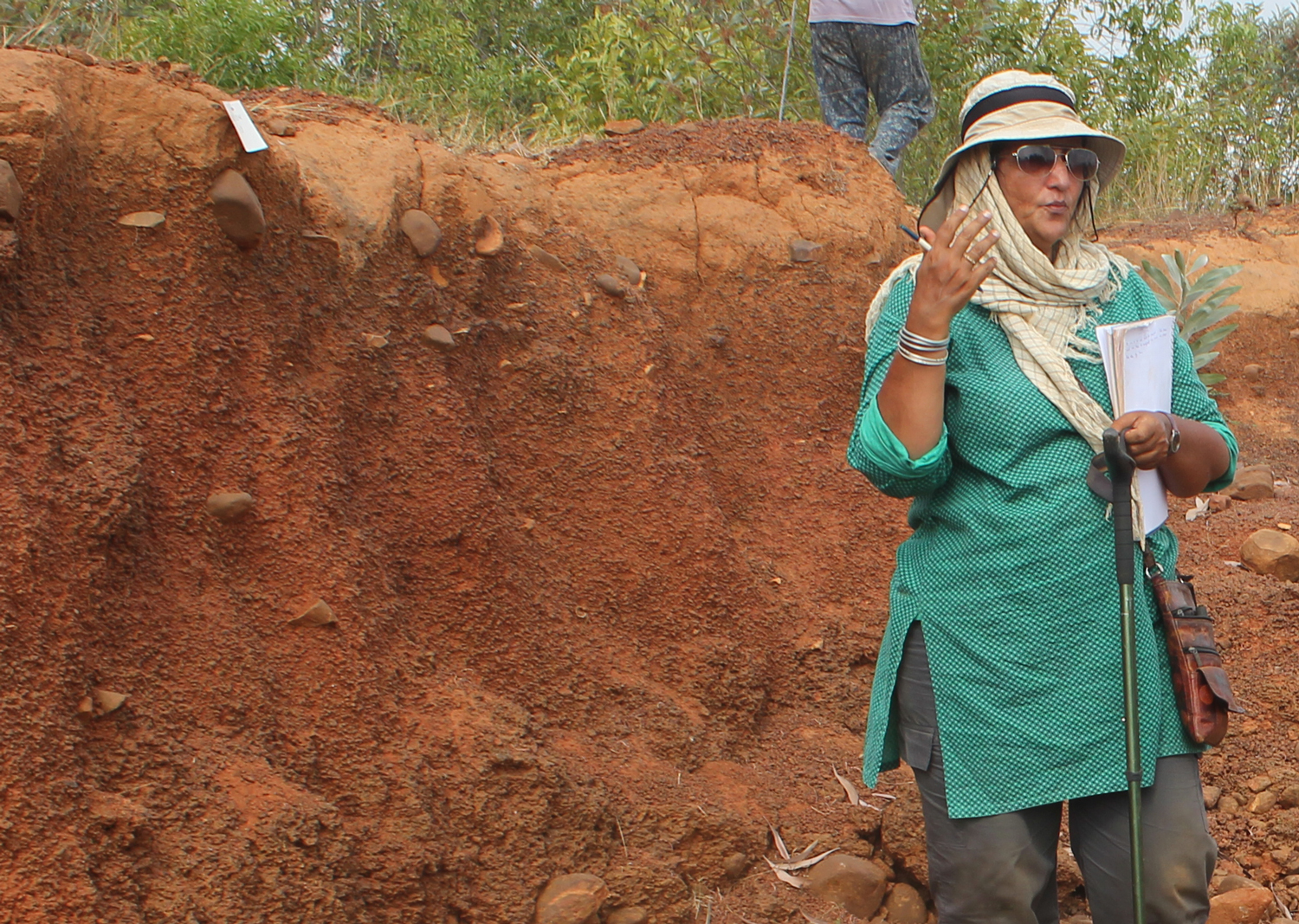
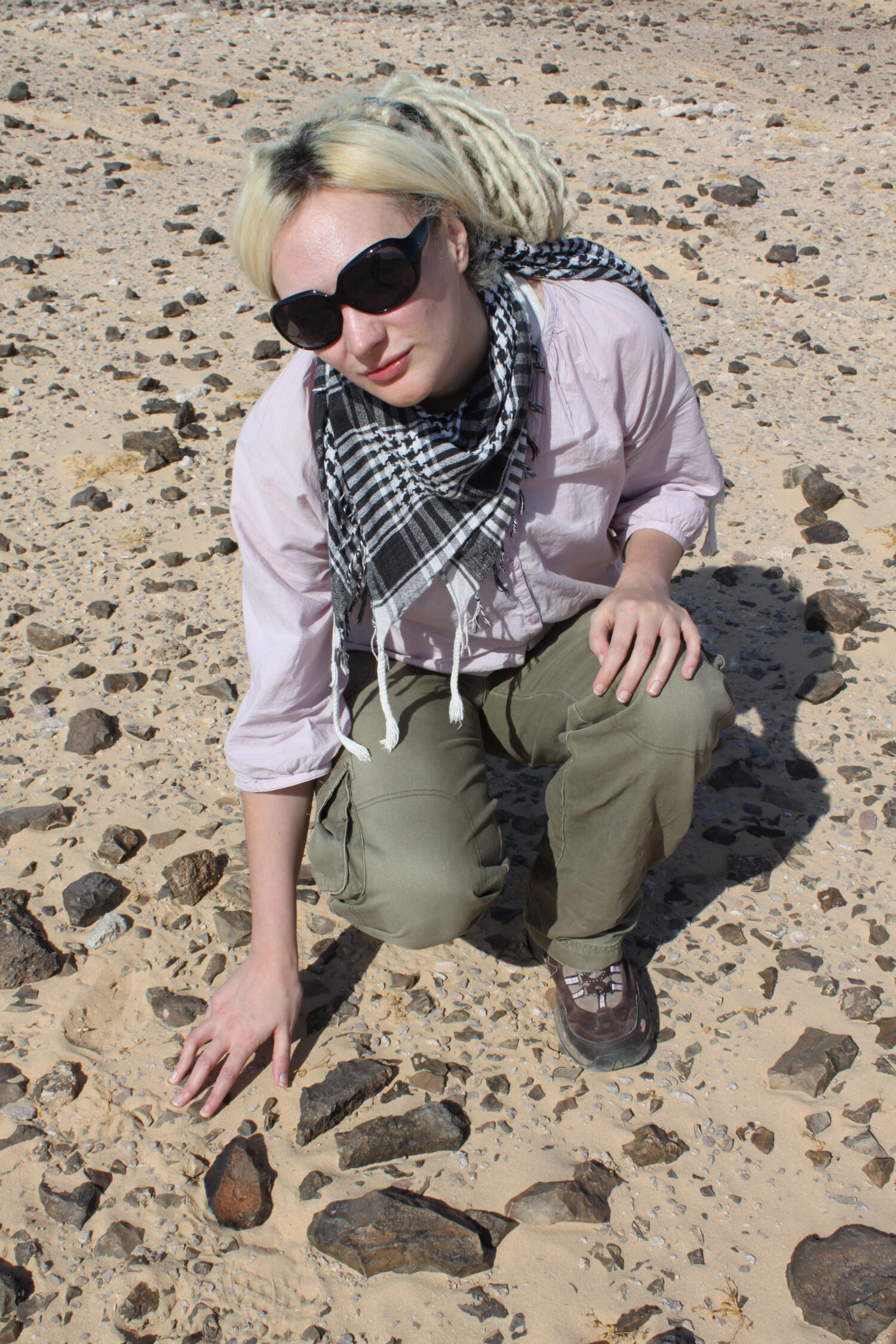
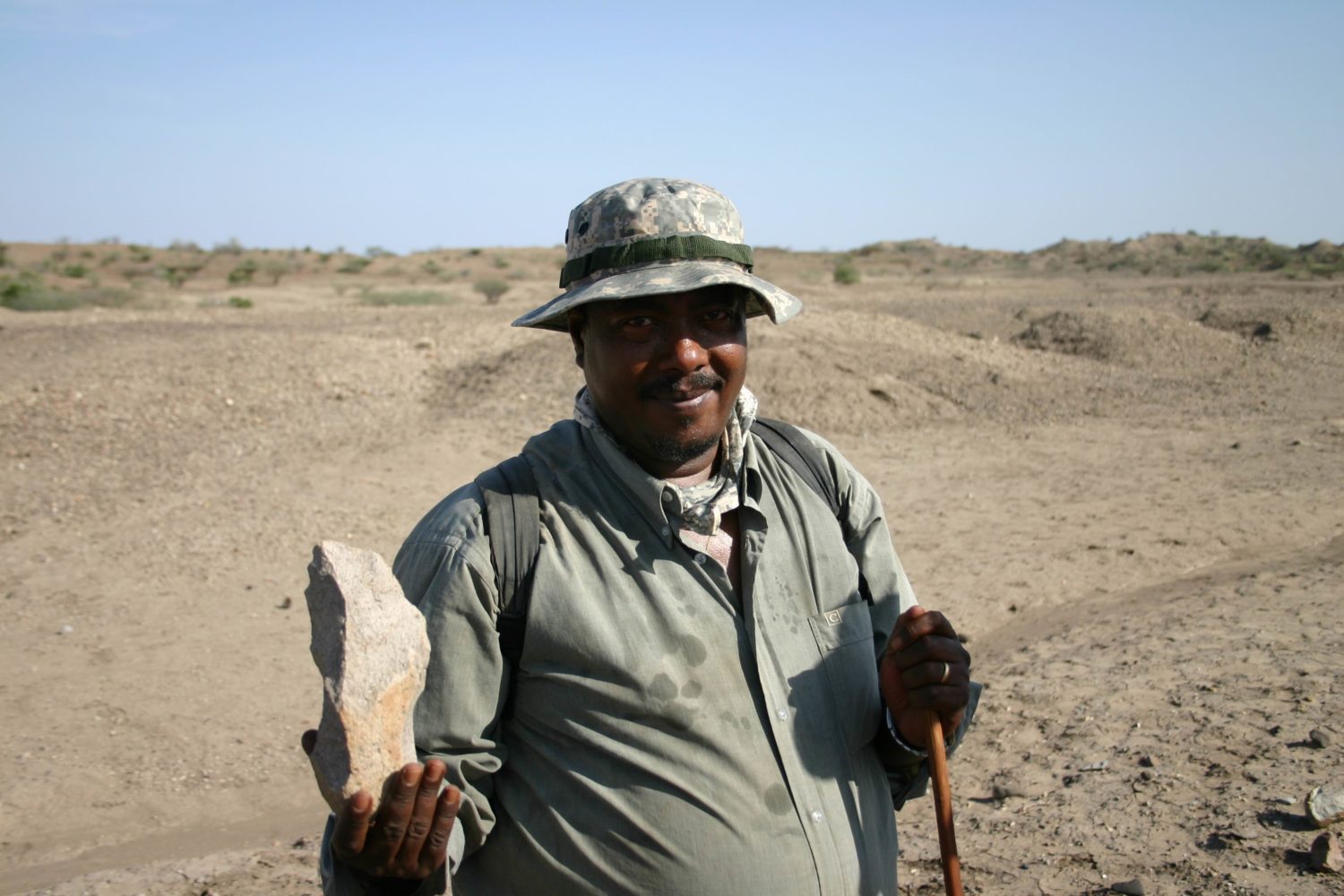
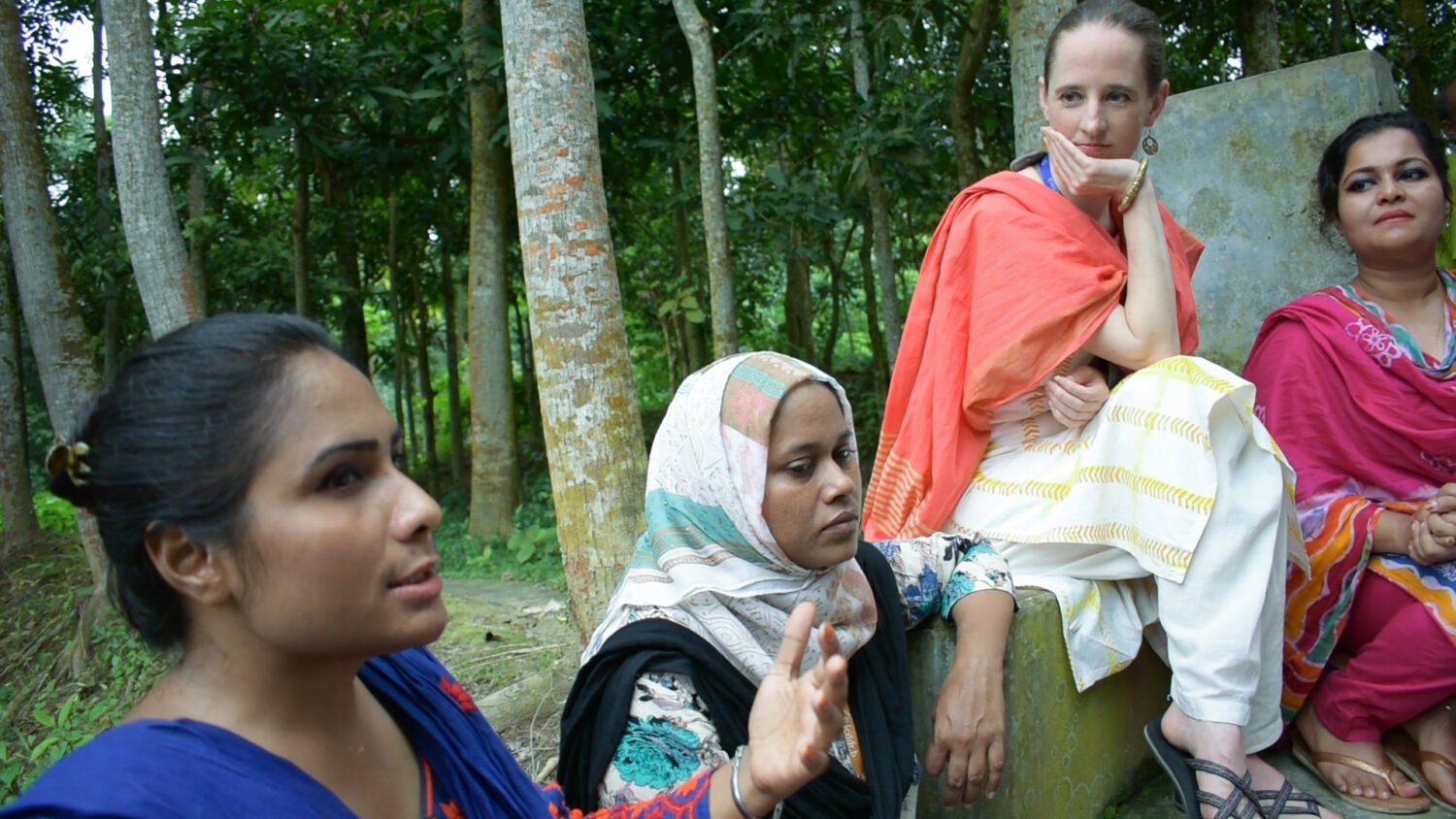
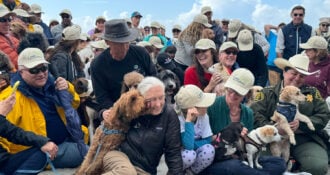
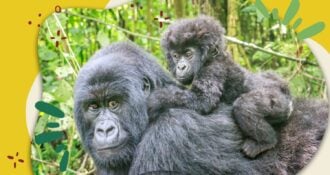

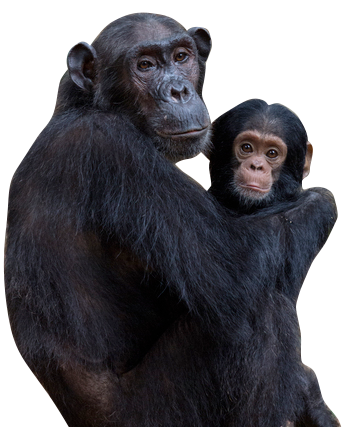
Comments 0